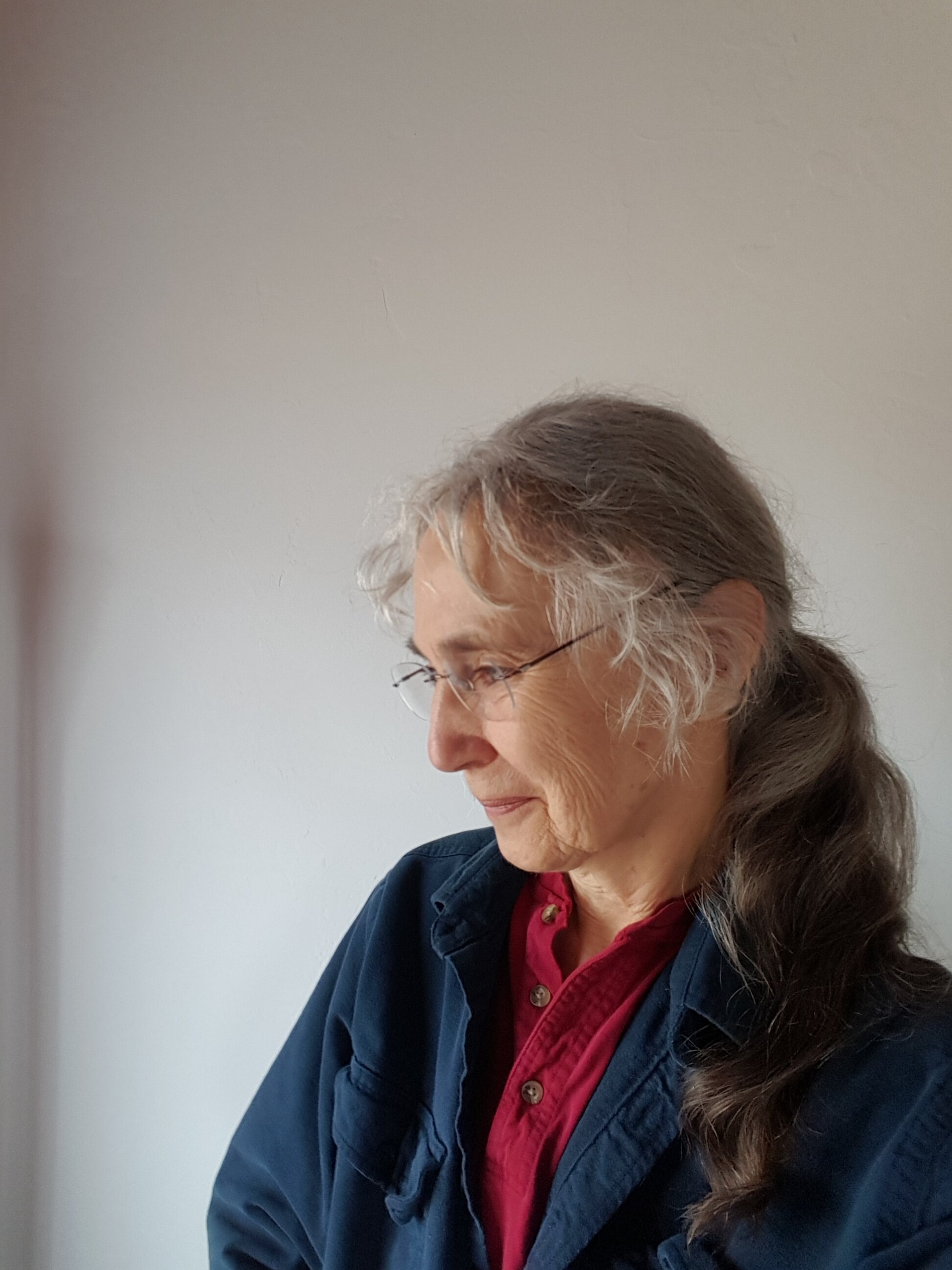Barbara Zaveruha
I had no experience with real clay as a child. In the early 1990s, I came across natural clay in the woods near a pond, took some home, searched the library for information, cleaned the clay, made pinch pots, and fired them in the fireplace. I was captivated. I loved the idea that one could start with earth and water, air and fire, and end up with dishes.
I started taking pottery classes at the Northern Clay Center in 1996, then informally apprenticed with Richard Bresnahan, at the St. John’s University Pottery, from 1999-2002. Since then I have been slowly developing a pottery business.
Most of my work has been functional high-fired stoneware, reduction-fired in a gas or propane kiln, but I wanted to use a more sustainable, non-fossil fuel. In order to be able to build a wood-fired kiln, we moved to the Northfield area in 2004, building a house 6 miles south of town. The current wood-fired kiln was first fired in 2016, and was fired again in 2019 and 2020. The land around the house is planted in native trees and prairie grasses, which have enchanted my heart and appear on my pottery.
My aim is to make useful pots, in lovely colors, referencing that prairie landscape. I take materials that come from the earth—clay and ground-up rocks—and create the conditions in which they can express their potential for beauty. I make high-fired stoneware for its strength and durability, and glaze with a palette of colors that do not depend on toxic compounds. Grasses and plants are laid on a clay slab or bowl at early leather-hard, and pressed in with a rolling pin or ladle. Leaf prints are made by a leaf-resist process: slip is brushed on at late leather-hard, the soft leaf is laid on the slip, and the excess slip around the leaf is removed.




